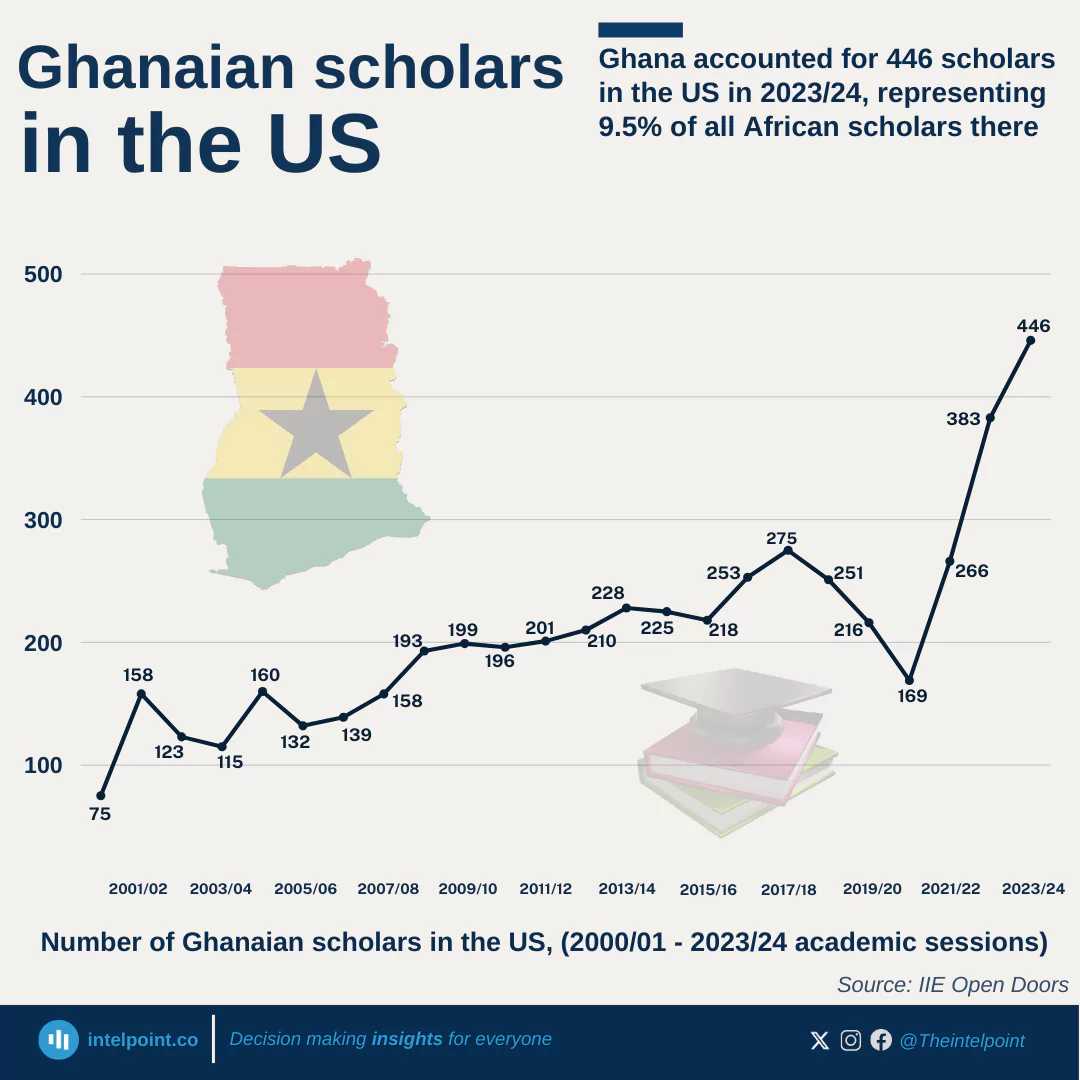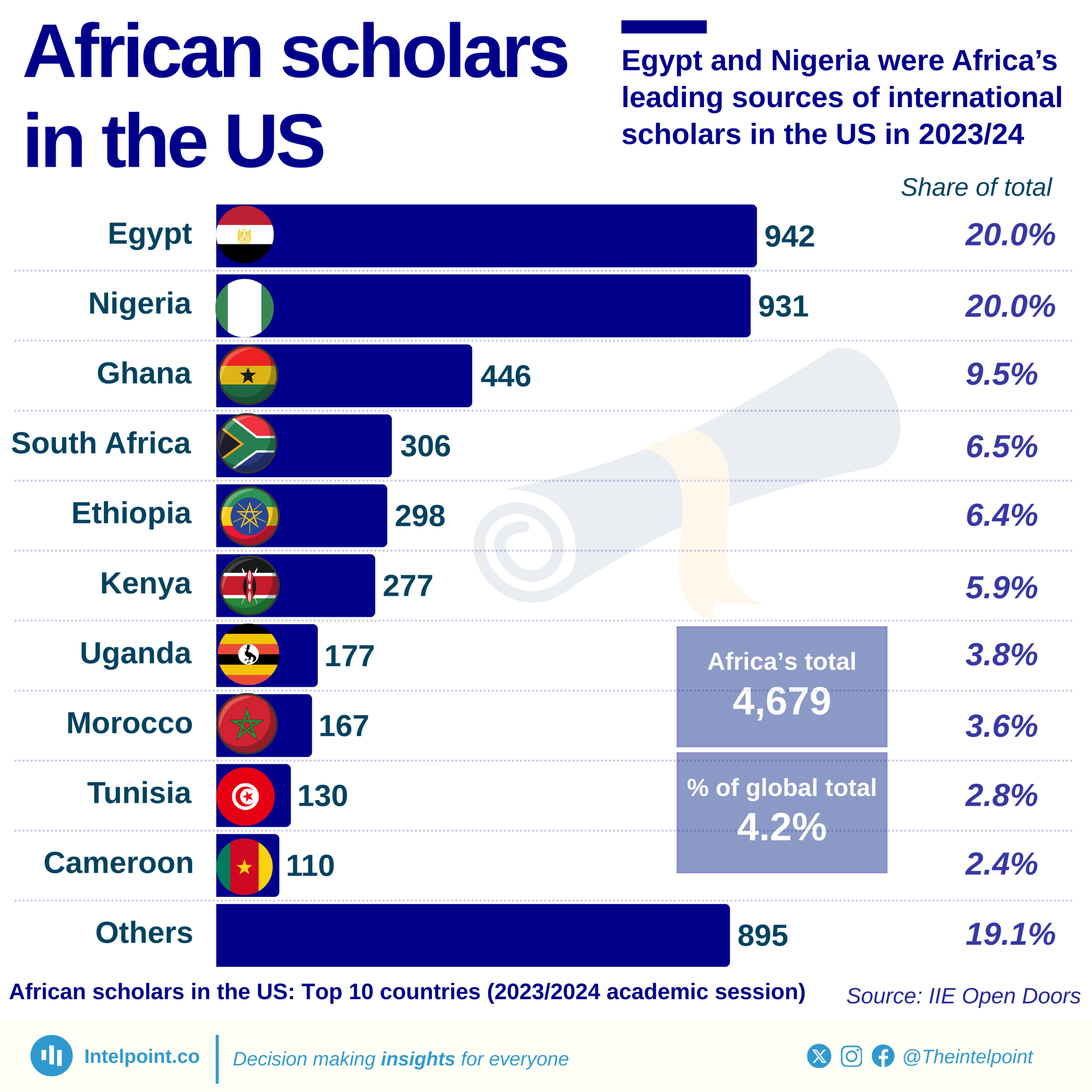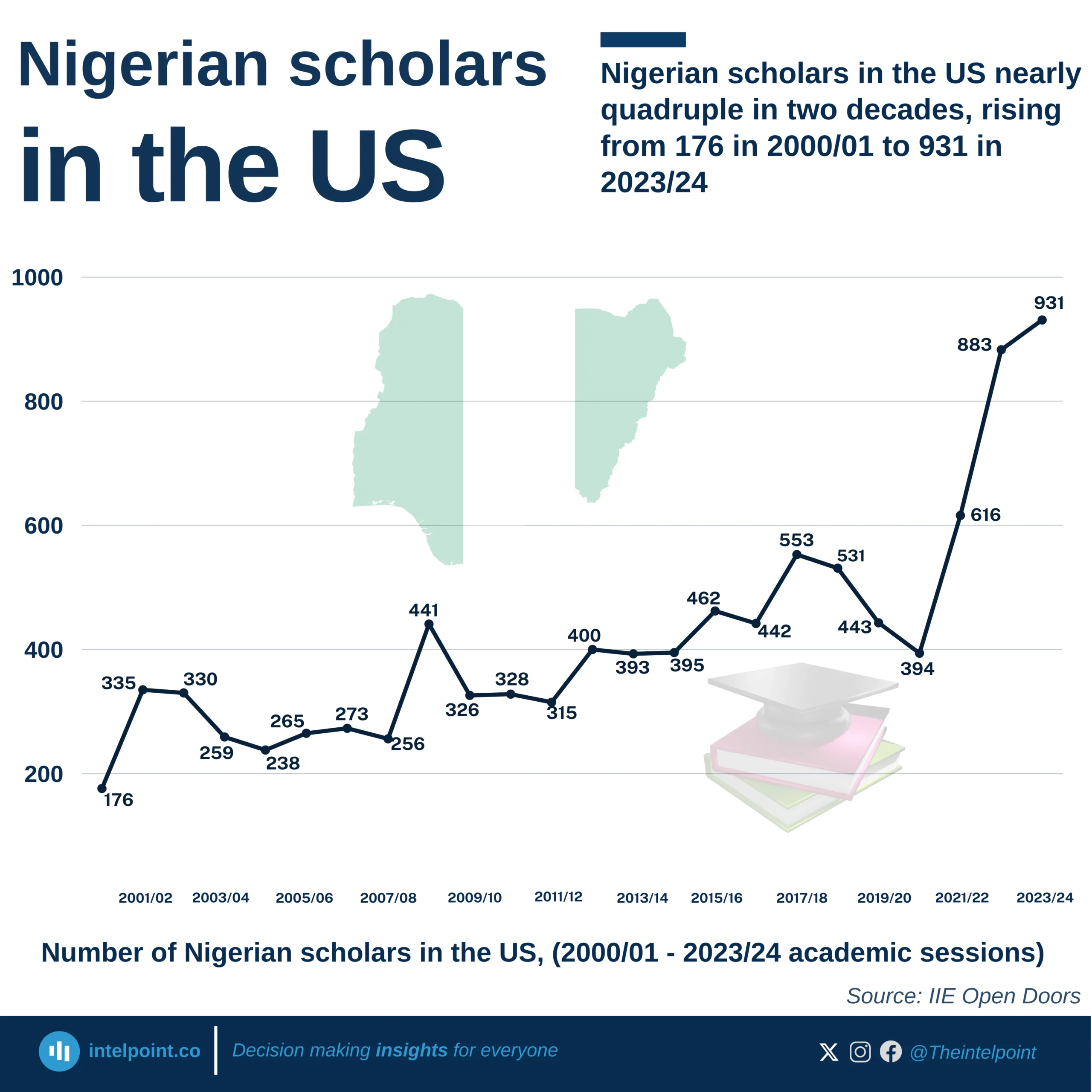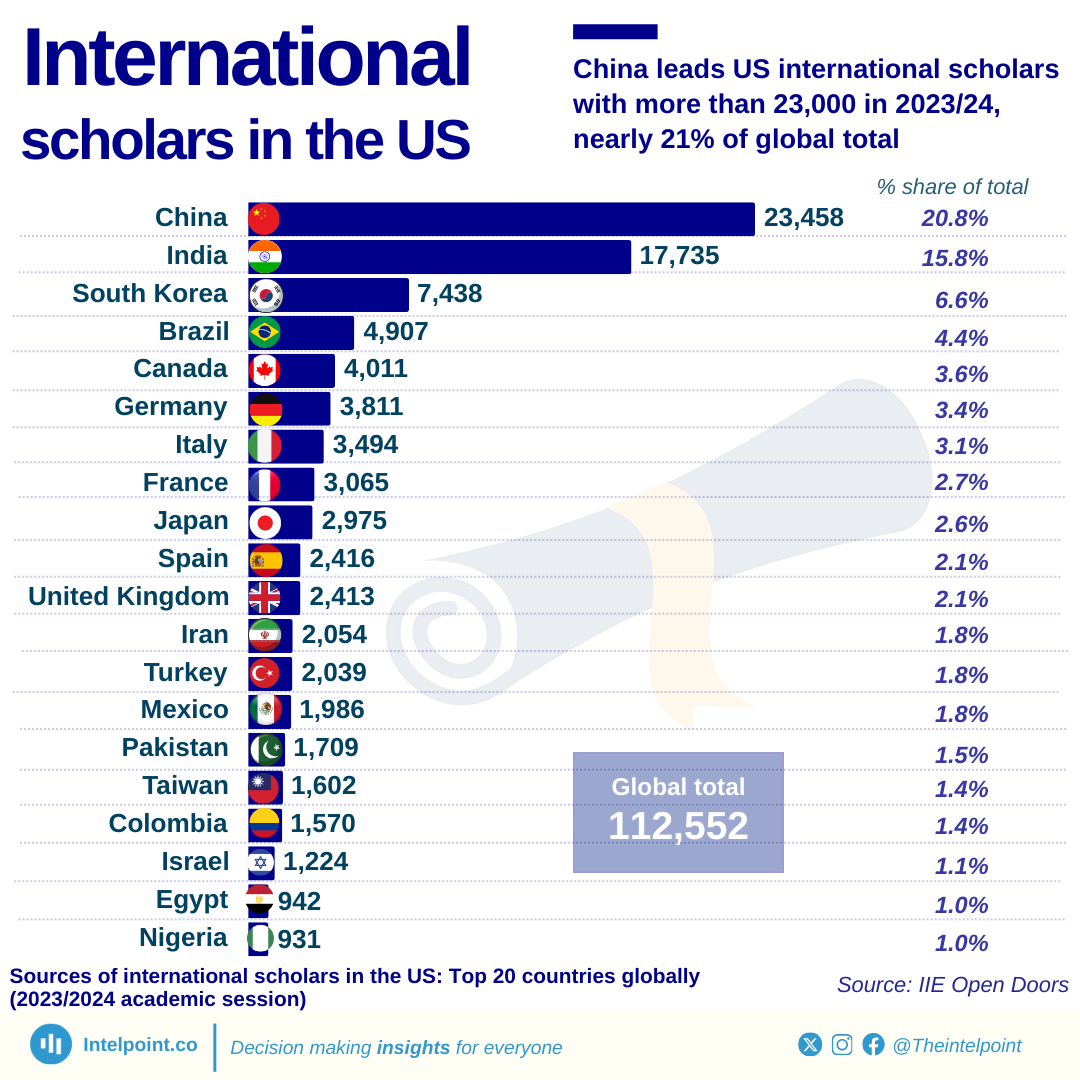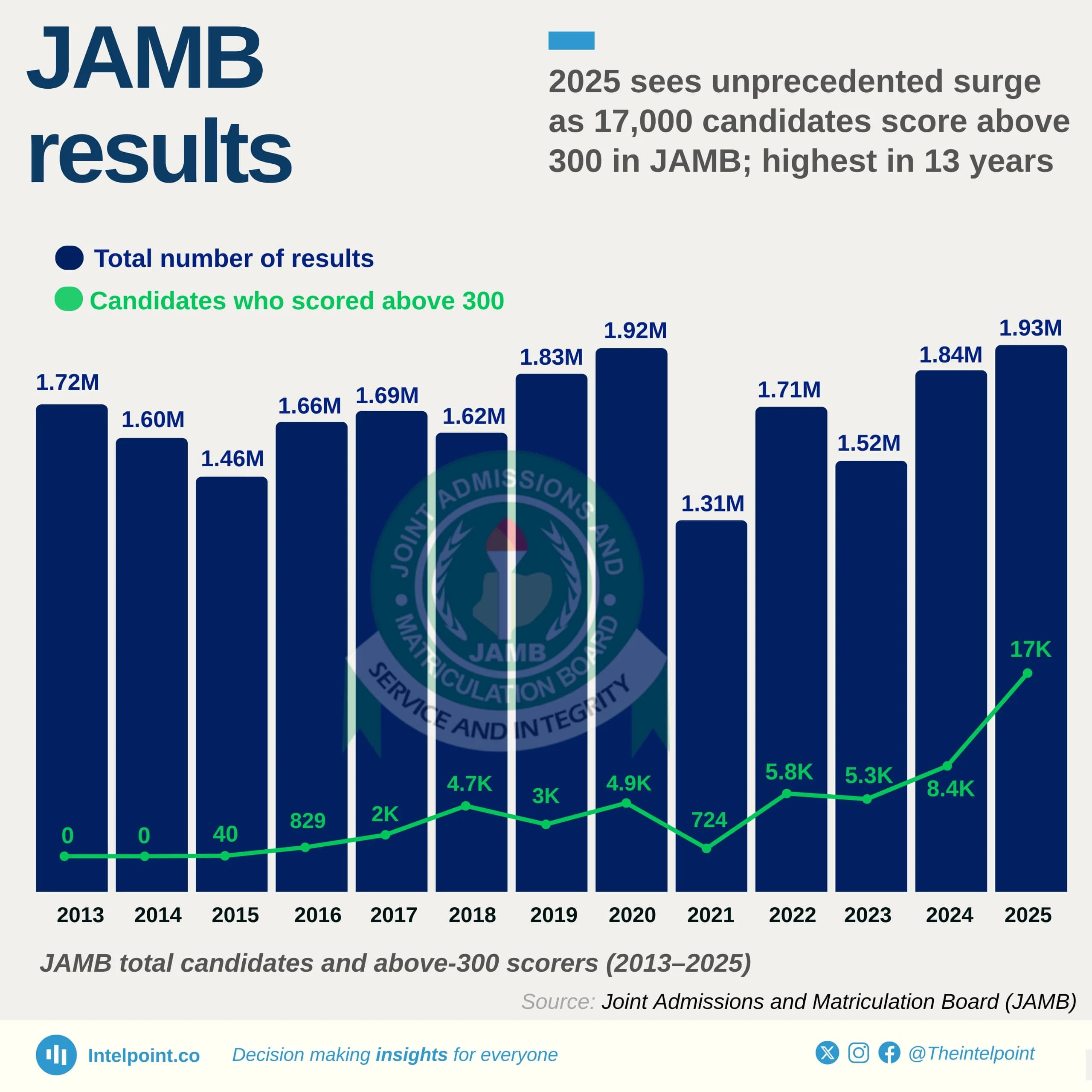By 2030, only 30 out of 197 countries are expected to have enough secondary school teachers. This paints a troubling picture as the vast majority of nations will struggle to fill classrooms with qualified educators. The hardest-hit region is Sub-Saharan Africa, where 40 countries are expected to have a shortage, followed closely by Europe & Northern America (33 countries) and Latin America & the Caribbean (29 countries).
In contrast, some regions have a few countries expected to have sufficient teachers, like Europe & Northern America (11), Latin America & the Caribbean (8), and Sub-Saharan Africa (4). However, these numbers are nowhere near enough to balance out the shortage crisis worldwide.

